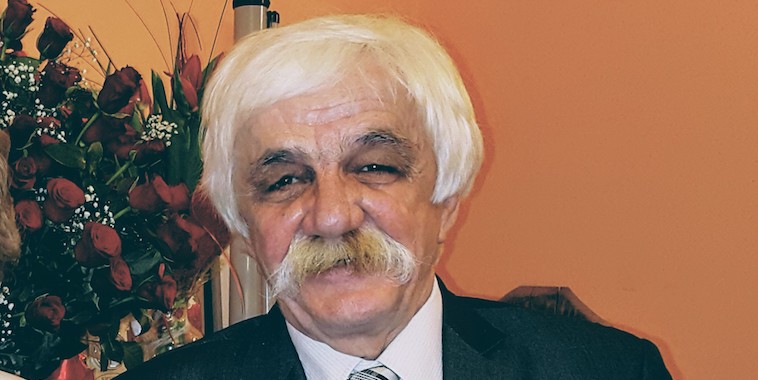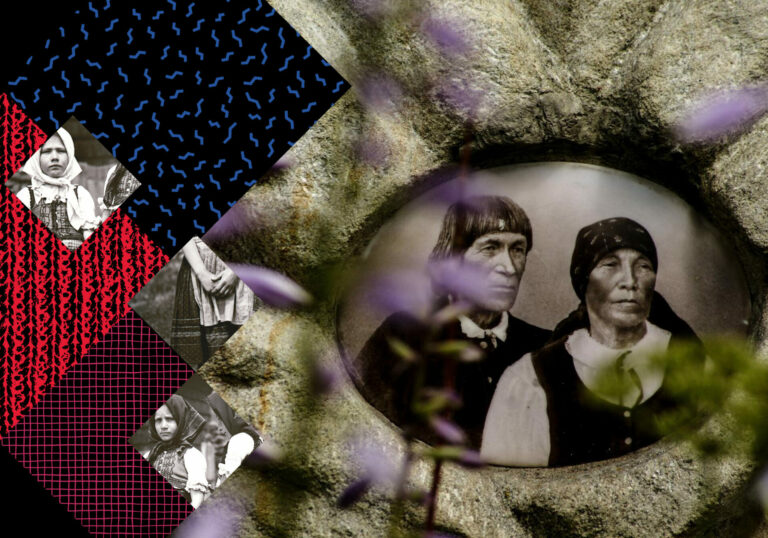A guidebook to Lemkovyna distinguished
Recently, i.e. 27-30 October 2016, the XXth International Book Fair took place in Kraków where tens if publishers introduced their books. Traditionally, apart from books preview, there were also some accompanying events, as for instance meetings with authors or exibitions to see.
One of such events was announcing the results of the first competition for The best publisher in the mountains, organized by the Central Center of Mountain Tourism, as well as Karpaty Andrzej Łączyński Publisher. Until 20 September, the participants could send albums, guidebooks, monographies, popular science publishers, collections of poems or maps and atlases, dedicated to the broadly defined mountain theme (mountains in Poland and all over the world), which were printed in 2014-2016.
Announcement of the results took place on the first day of the Fair – Thursday, 27 October. Among the awarded were items relating to the Carpathians, mainly the Tatras, some relating to Bieszczady. Among them, there were also two publications referring to the Lower Beskid. The first is a bicycle guide by Roman Trzemielewski entitled Beskid Niski na rowerze (The Lower Beskid on a bike), printed by Compass publisher. The second one – a tourist guide Beskid Niski. Od Komańczy do Wysowej (The Lower Beskid. From Komańcza to Wysowa) by Bartłomiej Wadas, Tomasz Traczyk and Witold Grzesik. It was published by Sklep Podróżnika. It was not the first time that the book was distinguished. In May this year, the guidebook was one of the laureates in the Magellan Awards competition, organized by the “Literary Book Magazine” editorial board.
Beskid Niski. Od Komańczy do Wysowej guidebook is the best guidebook to Lemkovyna. It is 500 pages long, where the history of all the existent and non-existent villages is included, on the route from Komańcza to Wysowa. The book is the second, extended edition of the Beskid Niski. Od Komańczy do Bartnego (From Komańcza to Bartne) guidebook, which was the first (printed at the beginning of the 1990s) such a comprehensive and detailed guidebook describing our lands, the aim of which was to approach the topic historically. In the guidebook you can find rich historical descriptions, enriched with information from archival documents and reports from interviews with people, the autochthons of the Lemko villages.
Publikacja wyraża jedynie poglądy autora/ów i nie może być utożsamiana z oficjalnym stanowiskiem Ministra Spraw Wewnętrznych i Administracji.
Публикация выражат лем погляды автора/авторів і не може быти принимана як офіцияльне становиско Міністра Внутрішніх Справ і Адміністрациі.
Zrealizowano dzięki dotacji Ministra Spraw Wewnętrznych i Administracji.
© Copyright lem.fm, 2025. Вшыткы права застережены.






